 William J. Waggoner
William J. Waggoner
Entry Category: Law - Starting with W
 William J. Waggoner
William J. Waggoner
Waggoner, William Jayson (Bill)
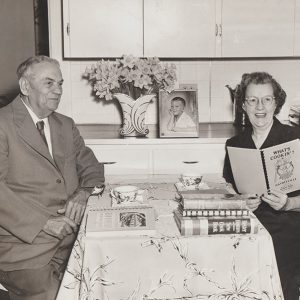 Waggoners
Waggoners
Wainwright, Larry (Murder of)
Walker, Dock (Execution of)
 John Walker
John Walker
Walker, John Winfred
Walker, Nick (Execution of)
 Wallace Execution Article
Wallace Execution Article
Wallace, John (Reported Lynching of)
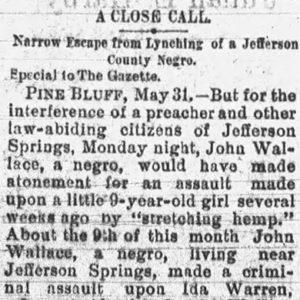 John Wallace Lynching Article
John Wallace Lynching Article
Wallace, Sidney
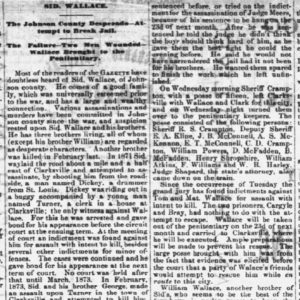 Sidney Wallace Article
Sidney Wallace Article
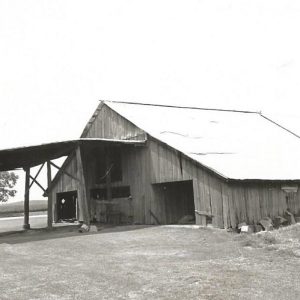 Walls Barn
Walls Barn
 Walls Corn Crib
Walls Corn Crib
Walls, A. J.
Walnut Ridge Race War of 1912
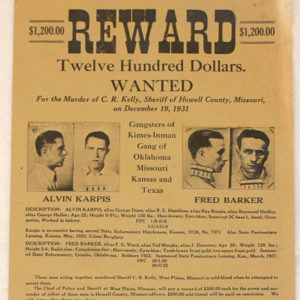 Wanted Poster
Wanted Poster
Ward, John Paul
 Warden Murderers Sentenced
Warden Murderers Sentenced
Warden, Granville (Murder of)
Ware, Jim and Jack (Lynching of)
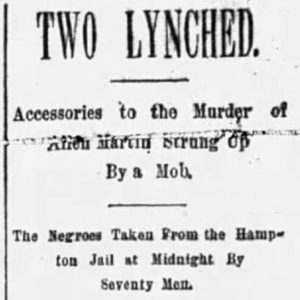 Ware Lynching Article
Ware Lynching Article
 Warren Story
Warren Story
 Joyce Warren
Joyce Warren
Warren, Joyce Elise Williams
Warren, Will (Lynching of)
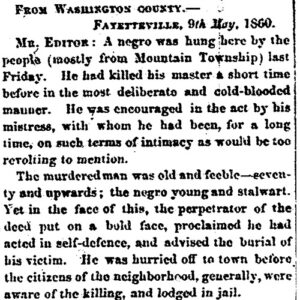 Washington County Lynching Article
Washington County Lynching Article
 Washington County Lynching Article
Washington County Lynching Article
Washington County Lynching of 1856
aka: Randall (Execution of)
Washington County Lynching of 1860
 Washington Execution of 1902
Washington Execution of 1902
Washington, George (Lynching of)
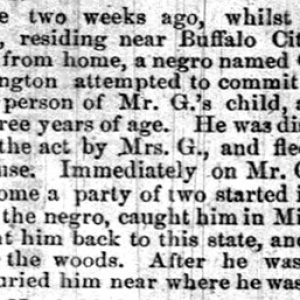 Washington Lynching Article
Washington Lynching Article
 George C. Watkins
George C. Watkins
Watkins, George Claibourne
Watkins, William (Execution of)
 William Watkins Execution Story
William Watkins Execution Story
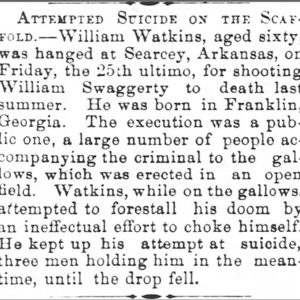 William Watkins Execution Story
William Watkins Execution Story
 Jack H. Watson
Jack H. Watson
Watson, Jack Hearn, Jr.
Weaver, Emily
Webster, J. H. (Murder of)
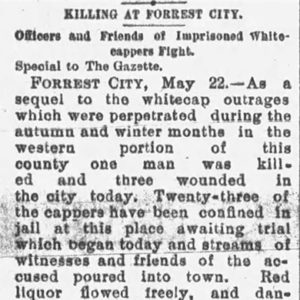 J. H. Webster Murder Article
J. H. Webster Murder Article
Wells, Elias (Lynching of)
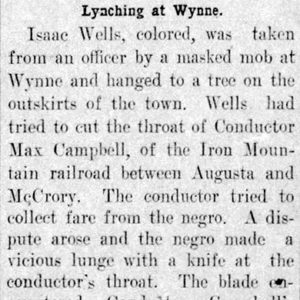 "Isaac" Wells Lynching Article
"Isaac" Wells Lynching Article
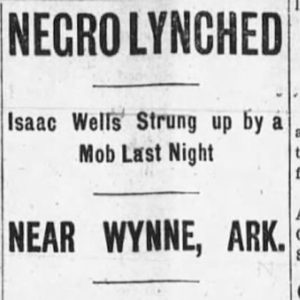 "Isaac" Wells Lynching Article
"Isaac" Wells Lynching Article
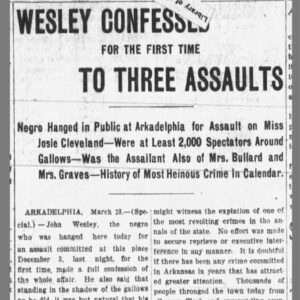 John Wesley Execution Story
John Wesley Execution Story
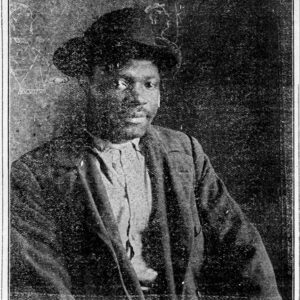 John Wesley Execution Story
John Wesley Execution Story




